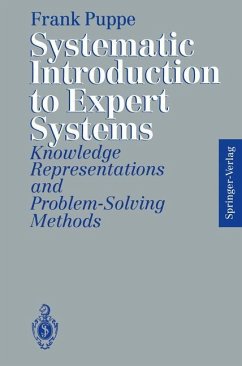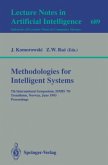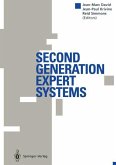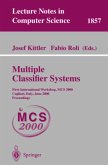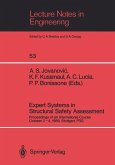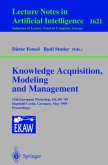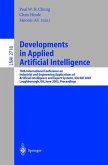At present one of the main obstacles to a broaderapplication of expert systems is the lack of a theory totell us which problem-solving methods areavailable for agiven problem class. Such a theory could lead to significantprogress in the following central aims of the expert systemtechnique:- Evaluating the technical feasibility of expert systemprojects: This depends on whether there is a suitableproblem-solving method, and if possible a correspondingtool, for the given problem class.- Simplifying knowledge acquisition and maintenance: Theproblem-solving methods provide direct assistance asinterpretation models in knowledge acquisition. Also, theymake possible the development of problem-specific expertsystem tools with graphical knowledge acquisitioncomponents, which can be used even by experts withoutprogramming experience.- Making use of expert systems as a knowledge medium: Thestructured knowledge in expert systems can be used not onlyfor problem solving but also for knowledge communication andtutorial purposes.With such a theory in mind, this book provides a systematicintroduction to expert systems. It describes the basicknowledge representations and the present situation withregard tothe identification, realization, and integrationof problem-solving methods for the main problem classes ofexpert systems: classification (diagnostics), construction,and simulation.

